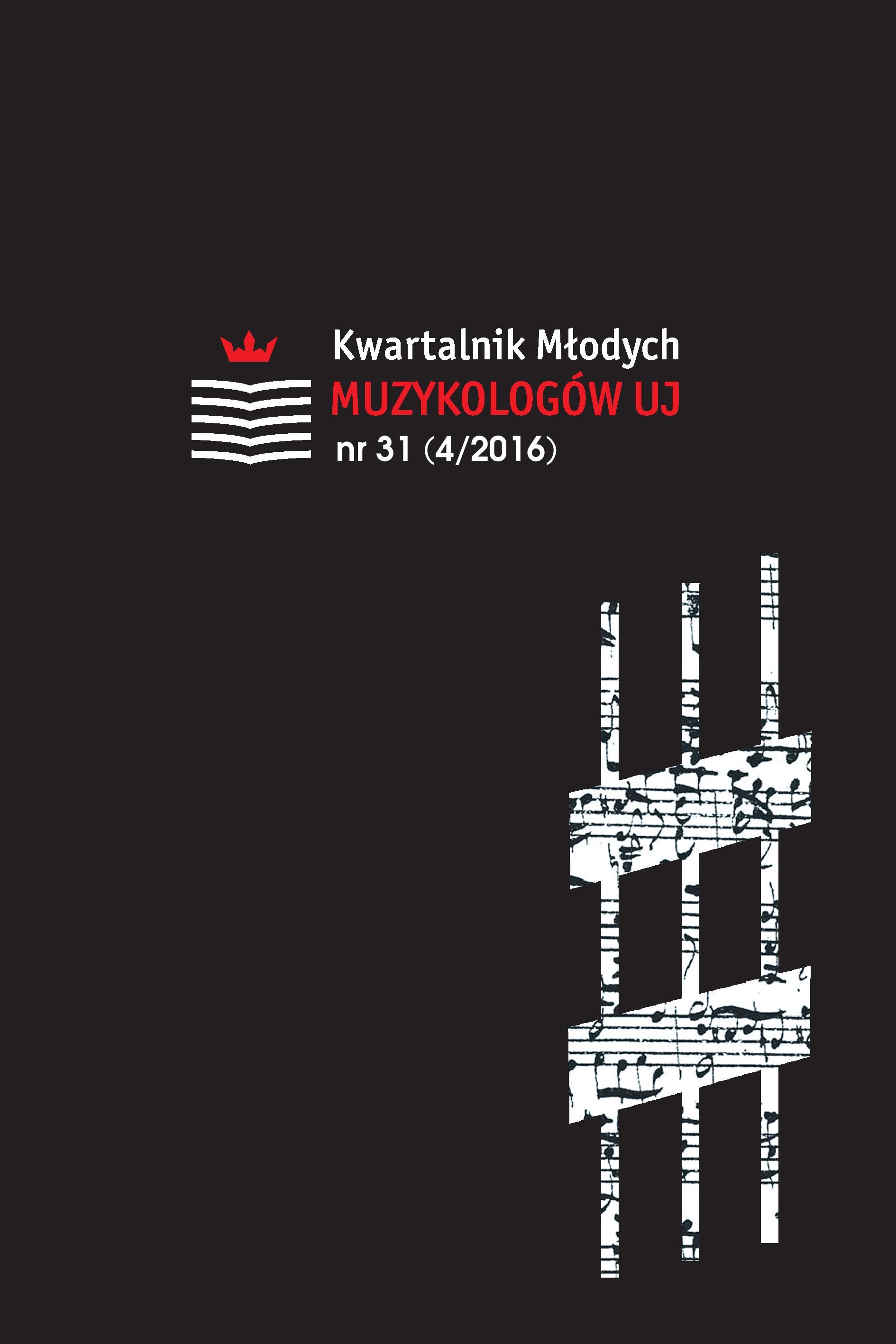Od elektronicznej muzyki do elektronicznego obrazu. Exposition of Music – Electronic Television Nam June Paika
From electronic music to electronic image. Nam June Paik’s Exposition of Music – Electronic Television
Author(s): Maryla ZającSubject(s): History, Anthropology, Social Sciences, Theatre, Dance, Performing Arts, Fine Arts / Performing Arts, Cultural history, Music, Visual Arts, Sociology, Social history, Recent History (1900 till today), Culture and social structure , Sociology of the arts, business, education, Post-War period (1950 - 1989)
Published by: Koło Naukowe Studentów Muzykologii UJ
Keywords: Nam June Paik; Fluxus, performance; avant-garde; electronic music
Summary/Abstract: Nam June Paik (1932–2006) is now considered to be the most influential creator in visual arts. He is said to be the first artist who presented television as a source of artistic experience. However, nowadays many people forget about his musical beginnings. Starting as a musician, he was inspired by, for example, John Cage, whose philosophical way of thinking had a positive impact on Paik’s future experiments with music and objects. Exposition of Music – Electronic Television (1963, Wuppertal) was artist’s symbolic transfer from music to visual arts, presenting prepared pianos together with prepared TV’s. The article presents the exhibition as well as the environment created by Paik, showing the equality, importance and impact of two not so different kinds of art.
Journal: Kwartalnik Młodych Muzykologów UJ
- Issue Year: 2016
- Issue No: 04 (31)
- Page Range: 100-117
- Page Count: 18
- Language: Polish

